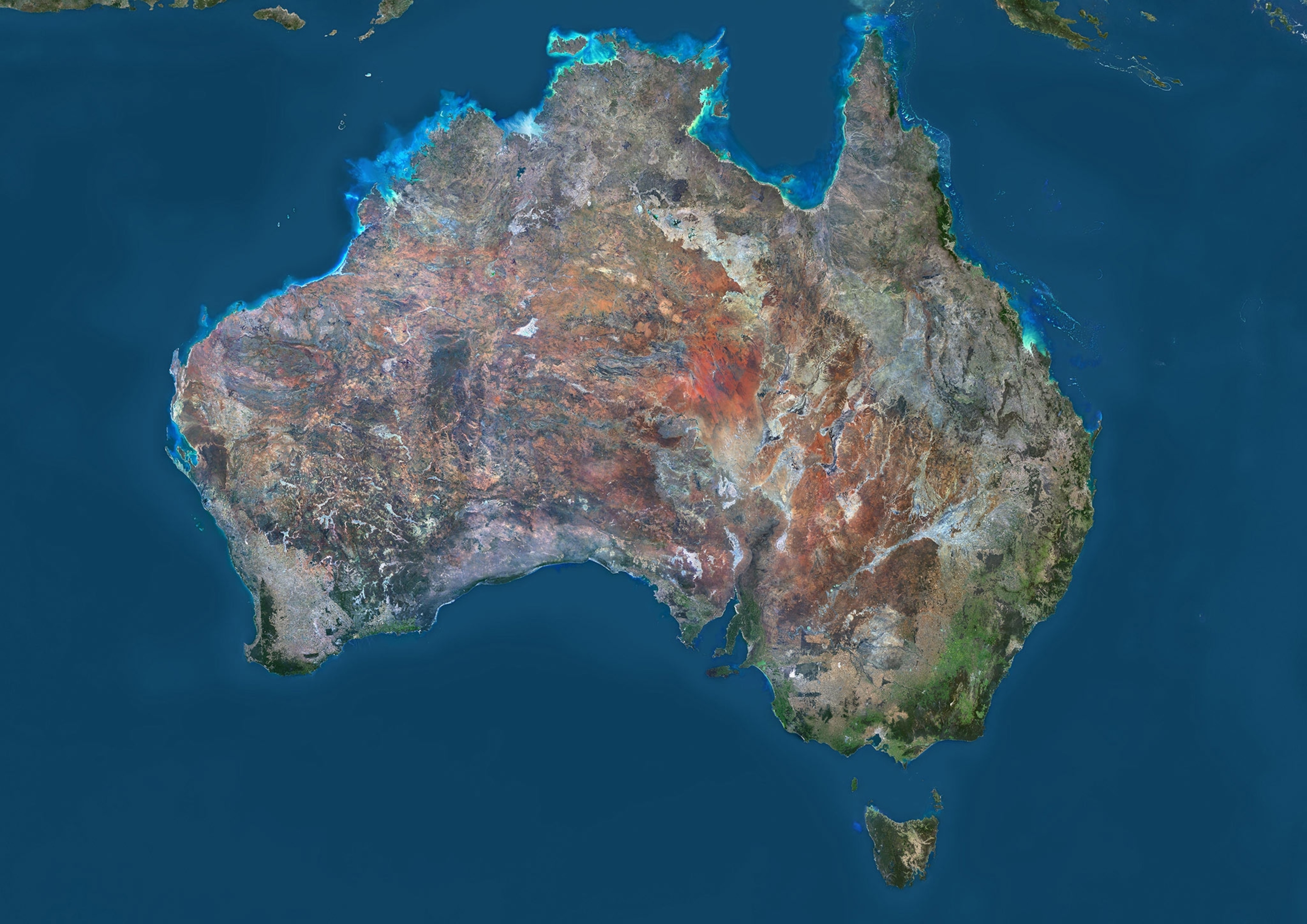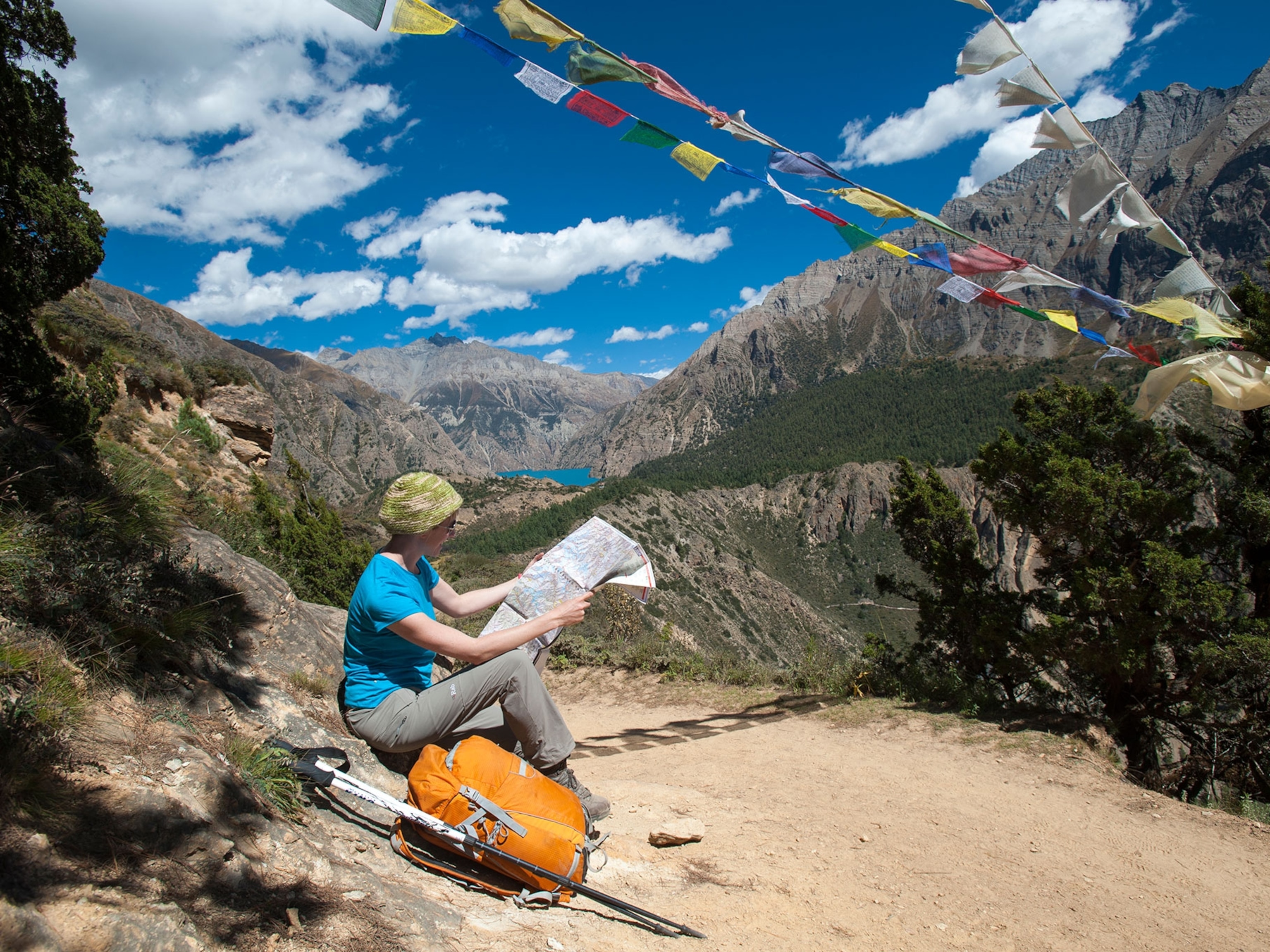
Australia Is Drifting So Fast GPS Can't Keep Up
A significant correction must be made by the end of the year for navigation technology to keep working smoothly.
Australia is not quite where you think it is. The continent has shifted by 4.9 feet since the last adjustment was made to GPS coordinates in 1994, reports the New York Times.
All of the Earth’s continents float on tectonic plates, which glide slowly over a plastic-like layer of the upper mantle. And the plate that Australia sits on has been moving relatively fast, about 2.7 inches a year (northward and with a slight clockwise rotation).
In contrast, the North American plate has been moving roughly one inch a year, though the Pacific plate moves three to four inches a year.
The result is that “some countries are more stationary than others,” says Damien Saunder, the director of cartography for National Geographic. “When there is a significant shift in land masses over time we need to revise the models of the Earth from which GPS coordinates are calculated, so for example your neighbor doesn't end up with your old coordinates." (See how Alaska has finally been mapped as well as Mars.)
This type of shifting is coming more into focus as GPS systems get more accurate. The most advanced technology can now pinpoint a location to a matter of inches. Although most consumer cellphones don’t have that level of accuracy (yet), the technology is being used in other ways, including by farmers who spray fields with precision agriculture and self-driving vehicles.
Australia has tended to move particularly fast due to its unique geology. Corrections have been made to its latitude and longitude four times over the past 50 years, the Times reports. The last adjustment there, in 1994, was about 656 feet.
The next adjustment is said to be due by the end of this year, on the order of 4.9 feet.
“It’s important to remember that the Earth is not a perfect sphere or ellipsoid, and continents are not all moving at the same rate,” Saunder says. “So sometimes we have to make adjustments to our models, both at the global and local levels.”





